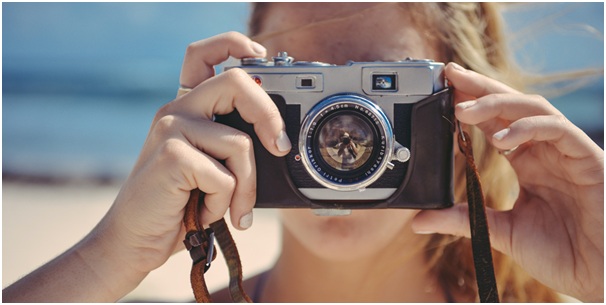Working with images can sometimes be tricky, so here are 5 tips for finding and using images effectively on your website.
- Get permission
Lots of people are unaware that not all of the images you’ll find on Google Image search are free to use (in fact, only a very small proportion of them are). For this reason, and in order to avoid any penalties from the people that actually own them, you’ll have to look elsewhere for images to use on your website or blog. You could look into taking your own pictures (which you could do yourself or using a photographer), buy some from a stock gallery such as iStockPhoto or Shutterstock, or look for some free images using a provider like Pixabay.

- Optimising images for the internet
Now that you know where to find your images, you’ll need to make sure they are optimised for the web. Internet speeds are now much faster than they ever have been, but this has resulted in users becoming more and more impatient and intolerant of slow-loading webpages. In view of this, you need to make sure that your images are suitable for use on the internet, and won’t drain your users’ mobile data each time they load your website. This article by Google developers goes into more detail about how to optimise your images for the web.
- Crop your images appropriately
For your website to be successful, you need to find a healthy balance between content and imagery.
While there are no solid guidelines when it comes to image size, and the size of your images will be largely dependent upon your website’s page design and structure, keep in mind that your images should support your messages, and not necessarily be used to tell the whole story by themselves. SEO experts will recommend ensuring each of your webpages contain 300-350 words at least, so be sure that this isn’t compromised by your use of imagery.
Design considerations
When it comes to using imagery on your website, you need to devise a holistic plan in order to maintain a degree of consistency throughout. Think about the number of images you’ll use on each page, and how big each one should be. Will you use a banner image on each page, or just the homepage? And if you do decide to use more than one image on each page, make sure they follow some sort of theme so that there are no conflicts of interest on any given page.
Mobile-friendliness
Now your images should be ready to go, so the next step is to get them up onto your website. If your website is responsive (if it works on mobile devices), then you must make sure that your images follow suit. They should scale down accordingly when viewed on a mobile device, just like all of the other elements on your webpage. Sometimes this will require a little more work than just placing the image on the page, so if you need a little help adding in the responsive code, get in touch with a local design agency such as MA Design, web designers in Cheltenham.

